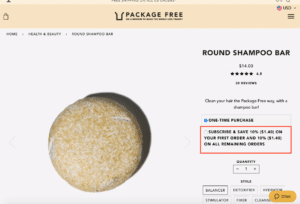

The Regal 21E and Regal 21E 700 were also sold.

In 1969, the Regal 3/30 was introduced with a 700cc engine that produced 30 bhp (actually 701cc / 29 bhp). The Regal 3/25, was sold from 1962 to 1968, with a 600cc engine produced 25 bhp (actually 598cc/24 bhp). This version featured a new OHV Reliant engine (based on a reverse-engineered all-alloy version of the 803cc Standard SC engine used in the discontinued Standard Eight ), a new steel chassis and bonded shell design for the body, fully updated visual styling, and was badged based on their number of wheels/bhp.

In 1962, Reliant introduced the Mk VII, Ĭode named "TW7" (Three Wheeler 7). This was followed by the Mk IV in 1958, the Mk V in 1959 and the Mk VI in 1960. The Mk III was introduced in 1956 with a heavily updated design and featured an all-fibreglass body for the first time. The Mk II was introduced in 1954 with a mostly similar design to the Mk1, though it can be distinguished by an updated windshield. History įollowing the launch of the Mk I in 1953, the Regal passed through many revisions in a short period, with the "first generation" using the original wooden frame and discrete-panel bodywork design through to the 1961 Mk VI. In 1962, with the release of the Reliant Regal 3/25, van and estate versions with a side-hinged rear door were marketed as the Reliant Supervan.
Purchase inmr full#
As a three-wheeled vehicle having a lightweight (under 7 cwt, 355.6 kg) construction, under UK law it is considered a "tricycle" and can be driven on a full (class A) motorcycle licence. The Reliant Regal is a small three-wheeled car and van that was manufactured from 1952 to 1973 by the Reliant Motor Company in Tamworth, England, replacing the earlier Reliant Regent three-wheeled cyclecar van which had its origins in a design bought by Reliant from the Raleigh Bicycle Company.


 0 kommentar(er)
0 kommentar(er)
